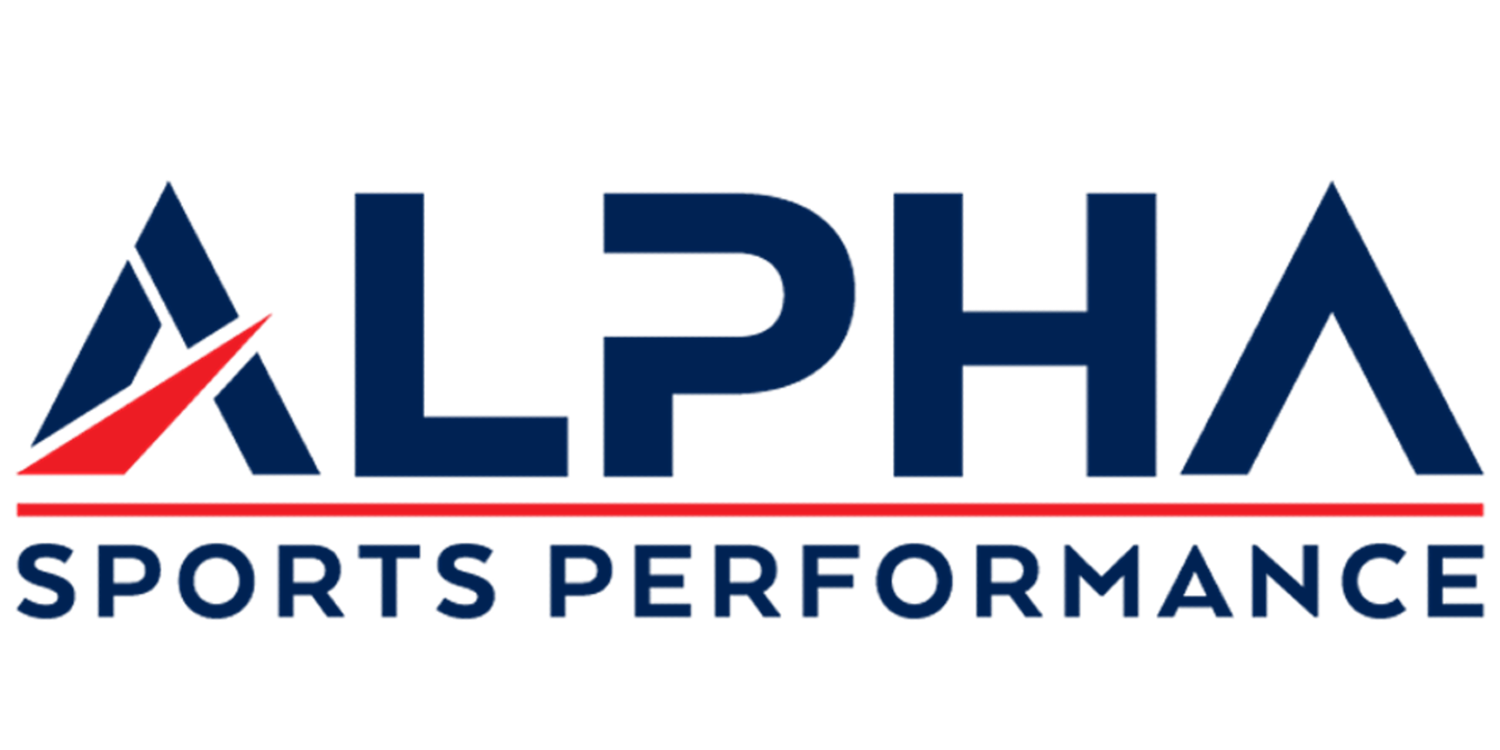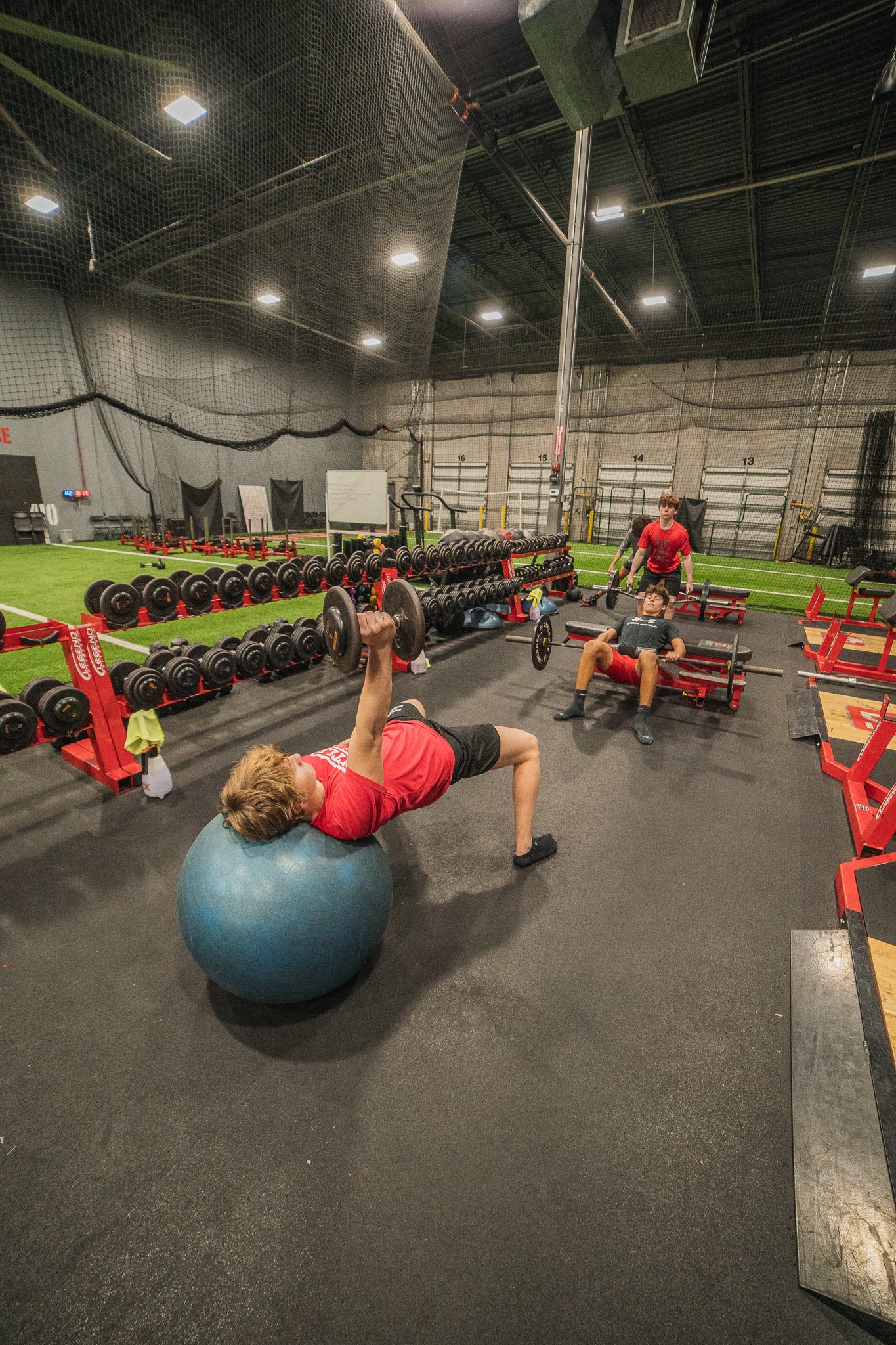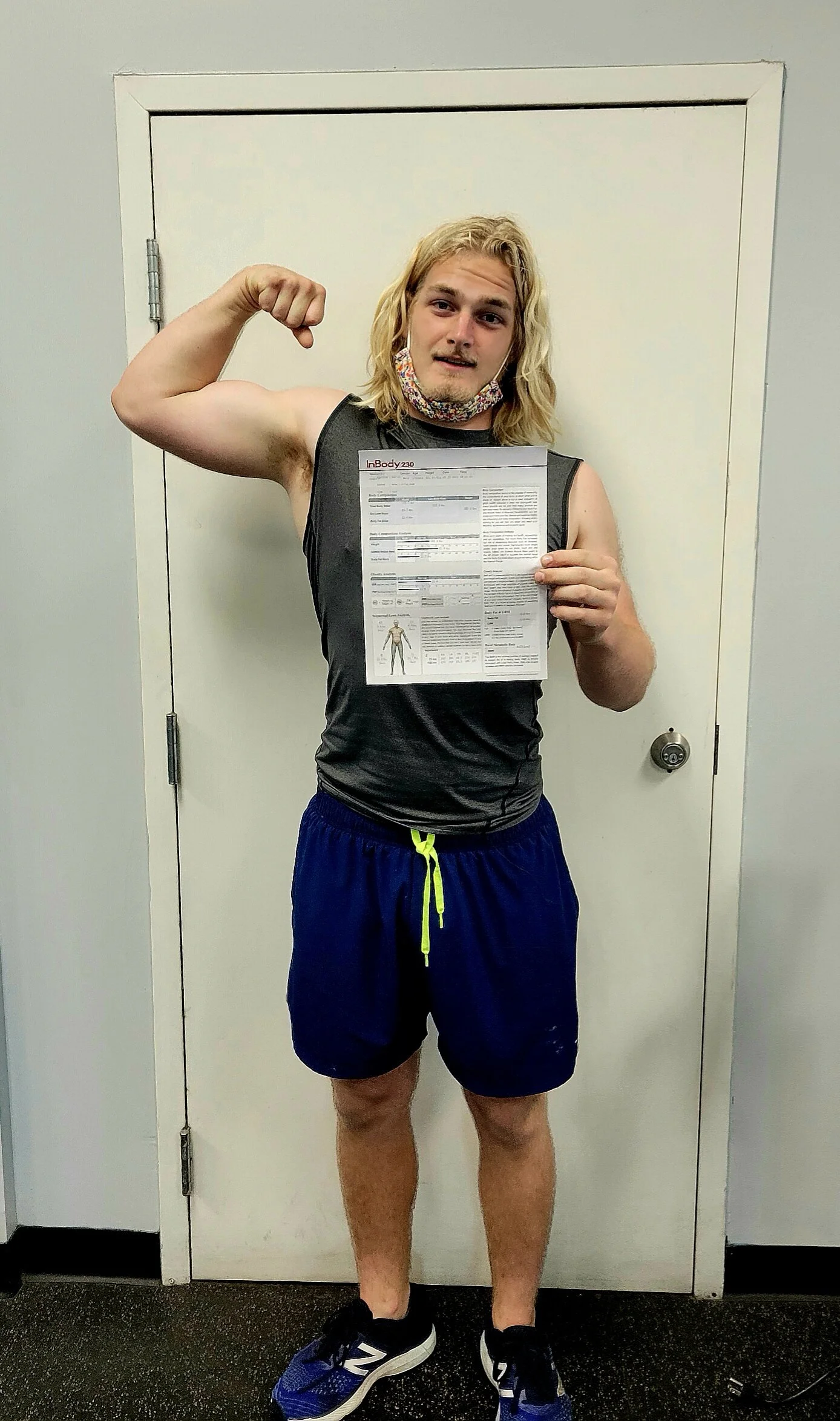
Sports Performance
Scholastic Ages 7 - 12
All athletes will follow the progression of our Integrated Sports Training protocol. This ensures proper development during an athlete’s youth. At this young age, the training is focused on Phase 1 and Phase 2 of protocol - Stabilization and Stabilization Endurance - taking into consideration safety protocol for growth plates, thermoregulation, and developing neurological patterns.
-
Neural adaptations (motor unit recruitment and firing patterns)
Motor behavior, movement patterns, technique
Coordination and balance via proprioceptive, visual, and vestibular input
Introduction to plyometric and agility training
Resistance training via body weight exercises and tubing bands
Hand-eye coordination drills
Reaction drills
-
Respecting others
Abiding by structure
Positive attitude
Learning how to win and lose with dignity
Ability to focus on the task at hand
Scholastic Ages 13 - 18
Progression through our training protocol will continue based on the athlete’s ability to adapt and perform. The addition of Phases 3 through 5 will be added at this stage, but this addition is strategic. Athletes will cycle through phases based on capability, need, and timing of season - pre-season, in-season, post-season. We know force production is one of the most important elements with regard to the performance of many sport skills. Examples are sprinting, jumping, and throwing. Therefore, athletes do not have time to elicit maximal strength, instead the need to exert as much force as possible in the shortest amount of time is key and will be a differentiating factor amongst athletes.
-
Continued development of all skills listed above
Increased resistance and load
Advanced plyometrics (eccentric/concentric force production)
Heightened cardiovascular endurance
Increasing reaction time, speed, agility and quickness
Nutritional and lifestyle guidance
-
Continuing all the aspects of character development listed above
Taking responsibility for your actions
Leading by example
Self-disciple
Coping with pressure
How to apply these tools in life
Collegiate and Pro Ages 19+
At this stage, athletic ability, skill and precision are performed at high levels. In order to avoid setbacks, we will design customizable, periodized programs to help each athlete maximize their potential. Differentiating yourself as an athlete, amongst the number of elite athletes in the game, is a must. Every elite athlete can still perfect their strengths and work on their weaknesses, ensuring your years of hard work continue to pay off.
-
Perfecting the craft by maintaining body stabilization, range of motion, joint stability, cardiorespiratory endurance, strength, power, SAQ
Decreasing risk of injury
Proper recovery
Pre-season focus on corrective exercises and impaired movement patterns
In-season focus on performing assessments and testing to ensure appropriate program considerations
Off-season focus on physical and mental reconditioning and overall improvements
Nutritional and lifestyle guidance
-
Understanding your role as a teammate
Decision making and management skills
Personal accountability
Having a well-balanced lifestyle
Staying hungry - vision and goal setting.
Integrated Training Protocol
-
Phase 1 - Stabilization
Here begins the most important phase of an athlete’s journey - laying the foundation. This phase is proprioceptively enriched to help maximize progressions. Training focus:
Improved neuromuscular efficiency (balance, stabilization, and muscular coordination)
Improved muscular endurance
Enhanced Joint Stabilization
Increased Flexibility
Enhanced Control of Posture
Introduction to Footwork
Reaction Drills
Injury Prevention
-
Phase 2 - Stabilization Endurance
The progression of skills taught in Phase 1 will increase while incorporating strength. Strength does not only apply to lifting weights. Phase 2 strength will be emphasizing enhanced stabilization while increasing prime mover strength. Training focus:
Improve stabilization endurance and increase prime mover strength
Improve overall work capacity
Enhance joint stabilization
Increase lean body mass
Intro to acceleration / deceleration
Intro to multi-planar movements
Improving coordination
-
Phase 3 - Hypertrophy
Initiation of hypertrophy with continued development and training from Phases 1 and 2. Training focus:
Increase muscle size and muscle strength Utilization of acute training variables (sets, repetitions, intensity, rest intervals, frequency, and duration)
Increase load bearing capacity
Increase metabolic demand
-
Phase 4 - Maximal Strength
A more advanced level of strength training with the incorporation of heavier loads. Here we will test the body’s ability to exert force against a resistance.
Increase motor unit recruitment
Increase frequency of motor unit recruitment
Improved peak force
-
Phase 5 - Power
Emphasizing the development of speed and power. The speed with which muscles are able to exert force is determined by the neuromuscular system. Execution in this phase will incorporate traditional strength in combination with power. Training focus:
Enhanced neuromuscular efficiency
Enhanced prime mover strength
Increased rate of force production
-
Phase 6 - Maximal Power
Highest level of and power training with focus on high velocity training for further increases in power. This is a specialized form of training and should only be implemented by athletes who require maximum power and who have already developed optimum levels of stabilization strength and eccentric strength.




